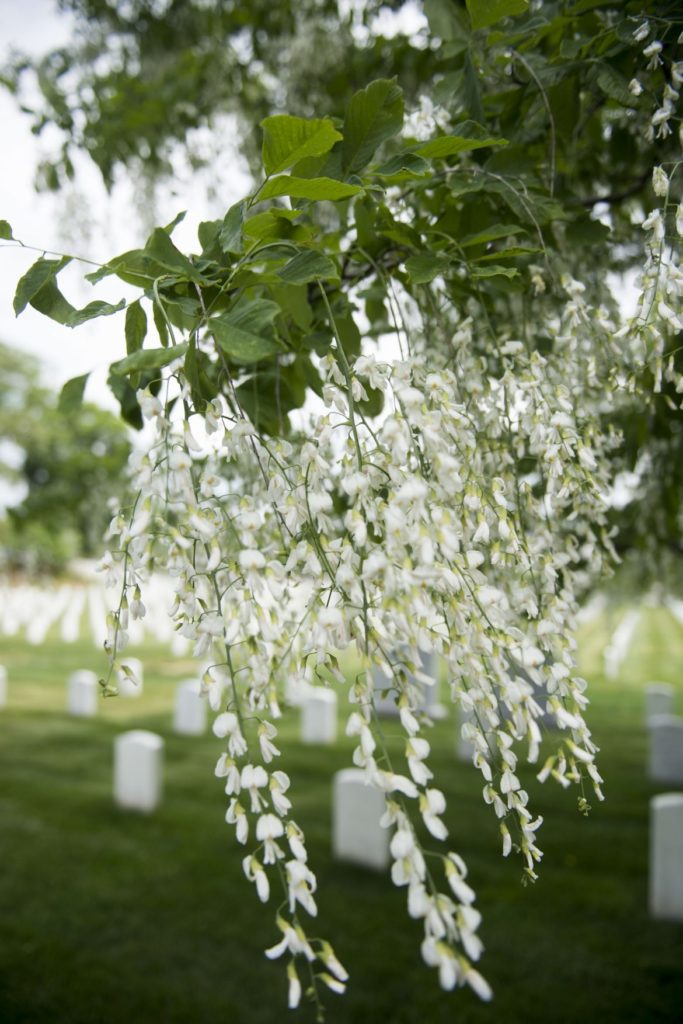
It’s spring, and many of us are getting out in our yards to tackle a long list of projects. Tree planting may be one of those projects. Fall is a better time for tree planting, but spring is acceptable. Go ahead and plant a tree if you have the itch to do so!
A common question arborists get is, “What tree should I plant?” This question usually requires a little more information from the homeowner. How much space do you have for a tree? How well does the soil drain? Are you looking for shade, wildlife habitat, something ornamental? Depending on the answers to these questions, I admit to some biases. I like to steer people to native plants for the habitat benefits. I also like to use trees that thrive in our area but are less popular. Species diversity is important for a healthy urban forest.
I’m not a complete native purest. If it’s a tree from the Eastern United States and it grows in our zone, I’m calling it a native. Cucumber trees are more Appalachian. Bald cypress are native to the swamps of the Coastal Plain. They both do just fine in the Richmond Piedmont. I’m calling both native(ish).

I have several underutilized native(ish) trees that I like to keep on my list. A particular favorite if the space is right is American Yellowwood, Cladrastric kentukea.
Yellowwood’s native range stretches from North Carolina to Oklahoma, but it does well in the Richmond area. Yellowwood trees have an attractive smooth grey bark that looks similar to a beech tree. A yellowwood has a structure similar to an elm tree. Its mature size is not massive, about 50 feet. It’s large enough to give good shade, but it won’t get as big as many of the shade trees in our area. And it’s one of the few shade trees that you can grow that has beautiful flowers — long, white drooping chains in the spring. Yellowwood is one of my absolute favorites. It may be the best tree you’ve never heard of!


